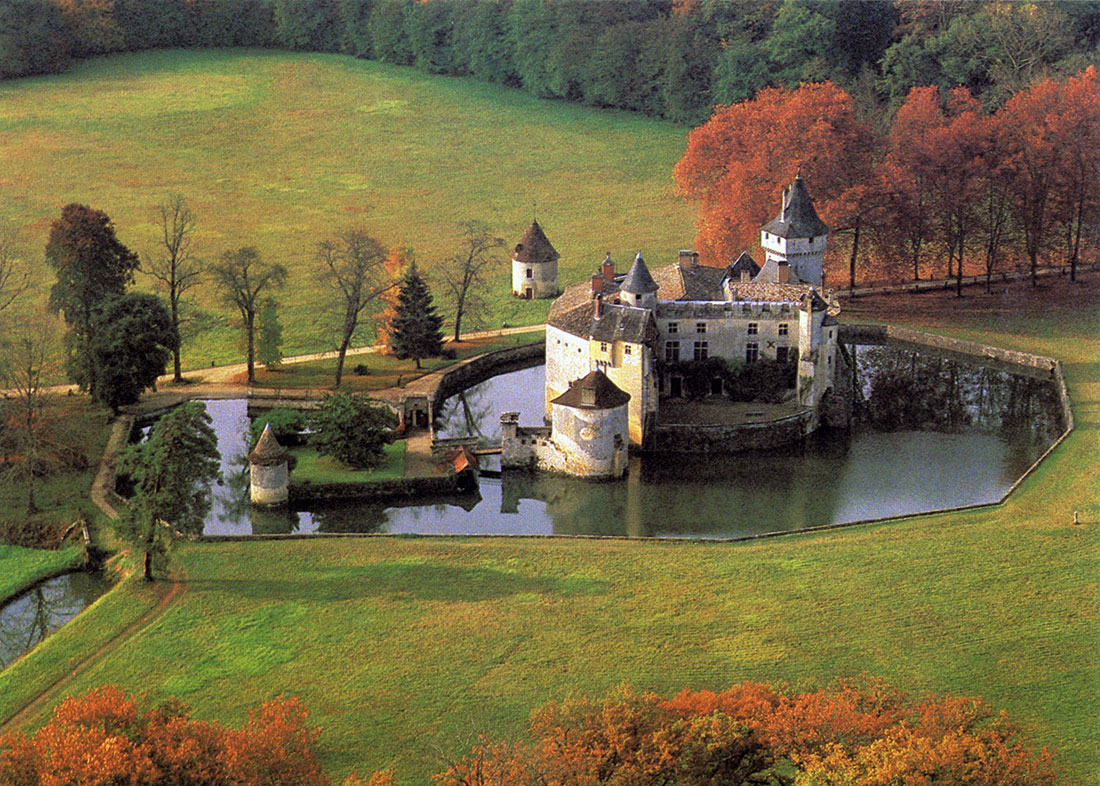There are so many castles in France that they don’t seem out of the ordinary. Some of them have become famous for their fascinating history, and some are known for having famous people living in them. The latter include the picturesque Château de La Brede (La Brede Castle), located a few kilometers from Bordeaux. The famous philosopher Montesquieu was born, lived and worked here.
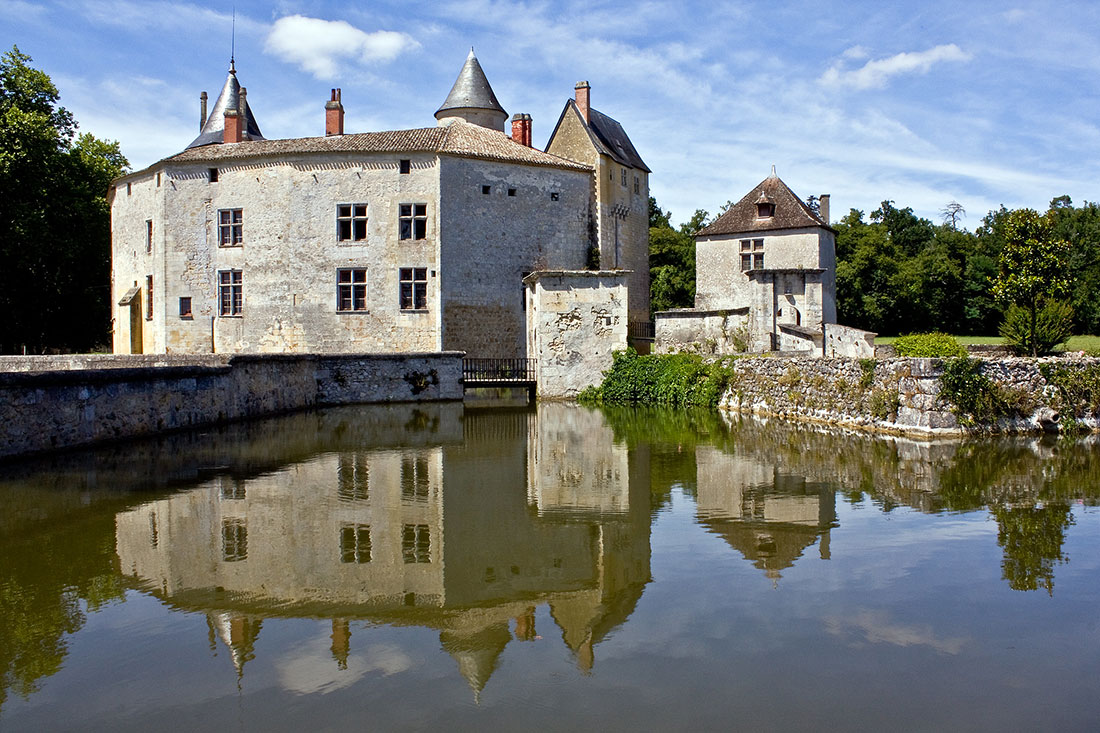
The site on which the castle was built is first mentioned in 1079 in a story about a duel between the Count of La Brede and Hernandez, who was one of the best soldiers in the army of Navarre. At that time, the castle was a wooden fortification built on an artificial earth embankment.
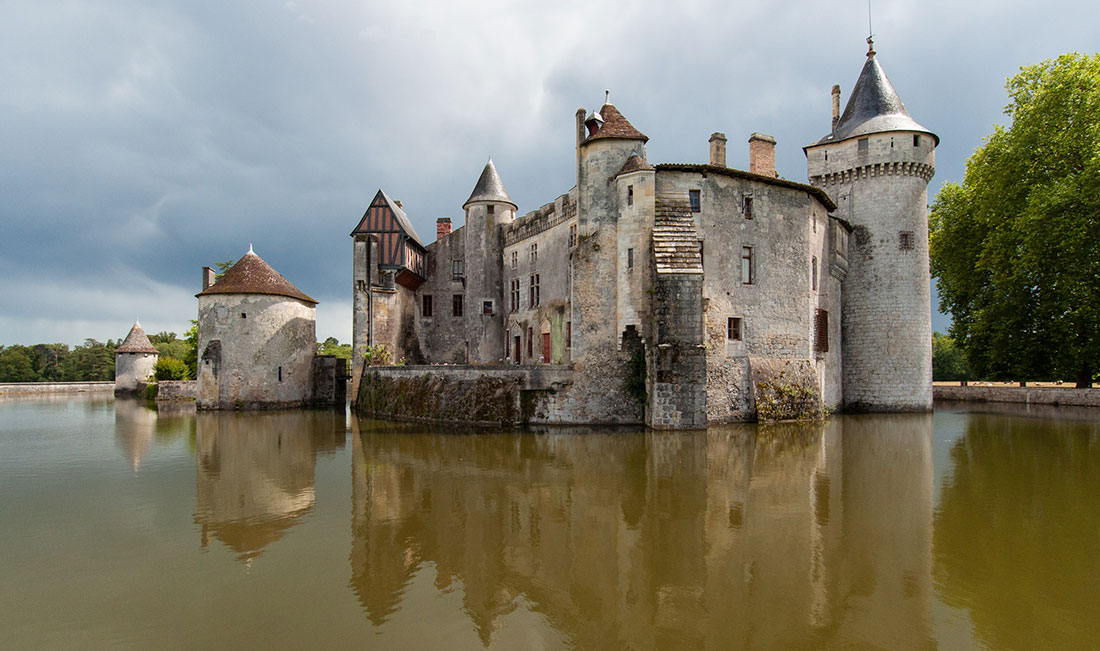
On its place, in 1306, a stone castle began to be built. At first it was a fortified outpost in the Gothic style, but later, during the Renaissance, it was turned into a castle in which people could live comfortably.

The complex, on the territory of which a large square courtyard appeared, was surrounded by moats with water. The fortress was involved in numerous conflicts and was seriously damaged during the Hundred Years War, when French artillery fire fell upon it. During the restoration work, the structure was once again strengthened and a third moat was dug, which was connected to the previous two.
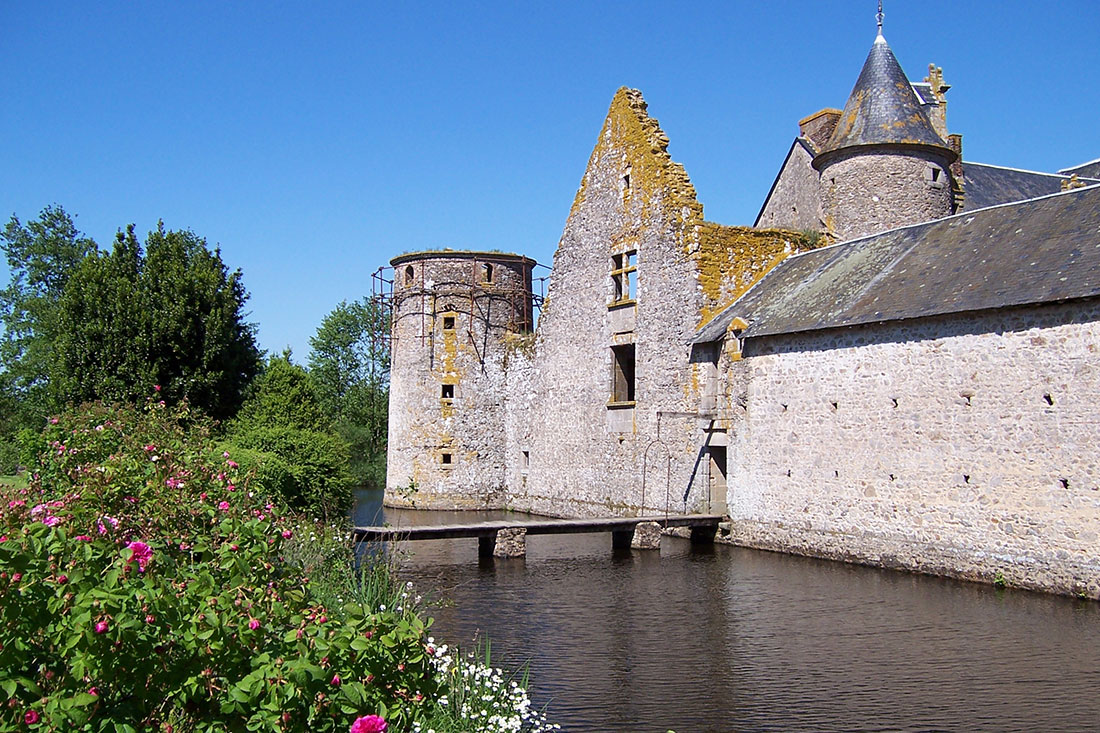
The Château de La Brede stands out against the backdrop of lush greenery… Full of charm, this magnificent gothic fortress is gracefully reflected in the waters of the wide moat that surrounds it
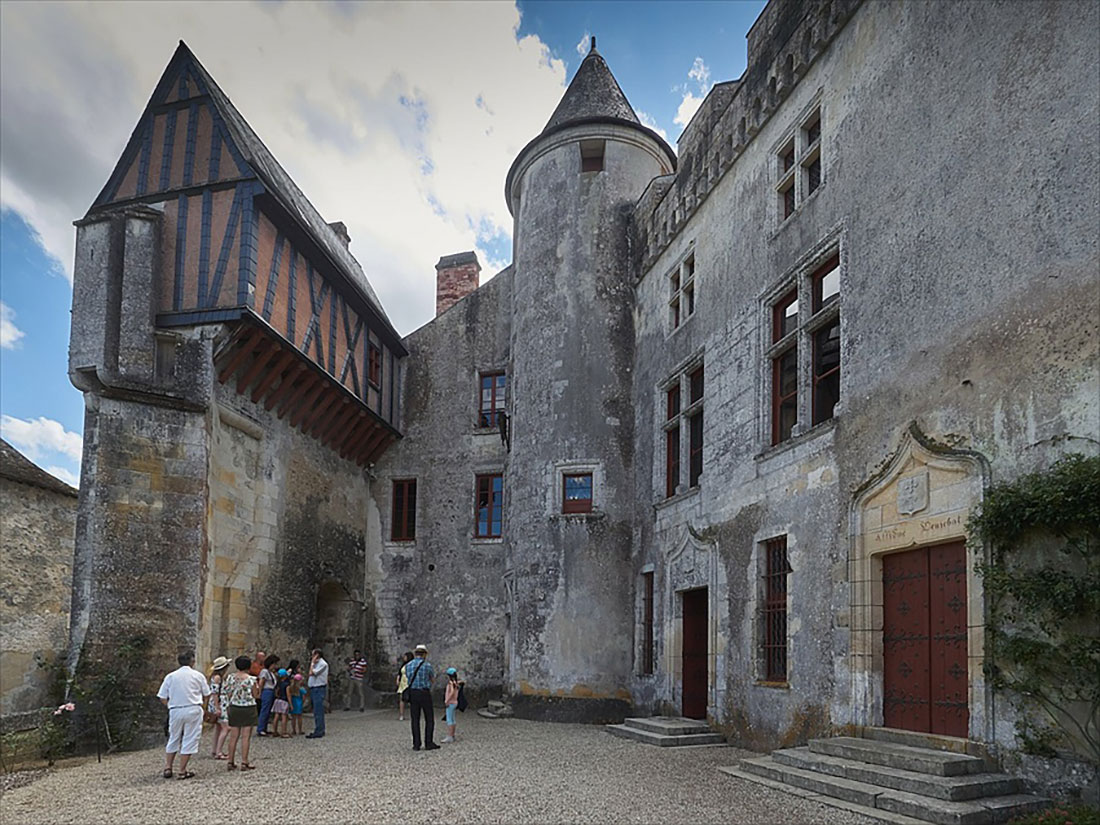
For more than 350 years, the castle was owned by the La Lande, L’Isle and Pesnel families in turn. In 1686, Marie-Francoise de Pesnel married Jacques de Secondat, father of the famous French philosopher Montesquieu.
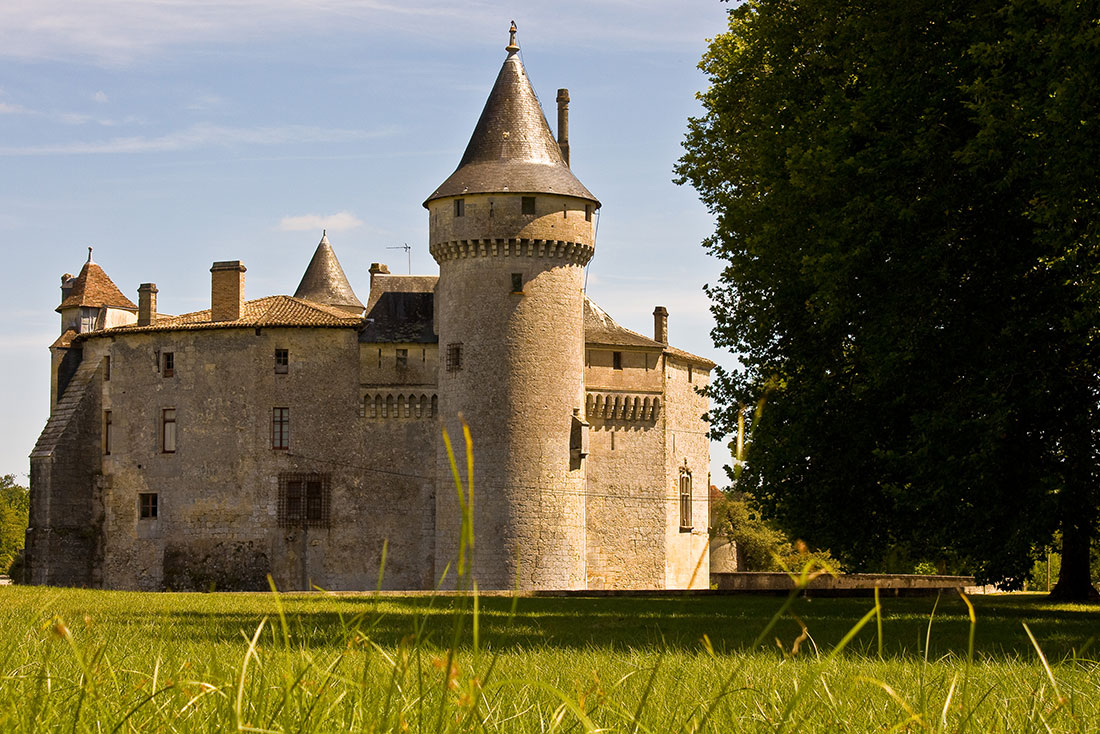
In 1689, Charles Louis de Secondat, better known as Baron de Montesquieu, was born within the walls of the castle. Here the famous philosopher lived and wrote most of his works. He changed little in the castle, but significantly transformed its surroundings: he installed a modern irrigation system, and after his stay in England, he decided to build a new English garden around the castle.
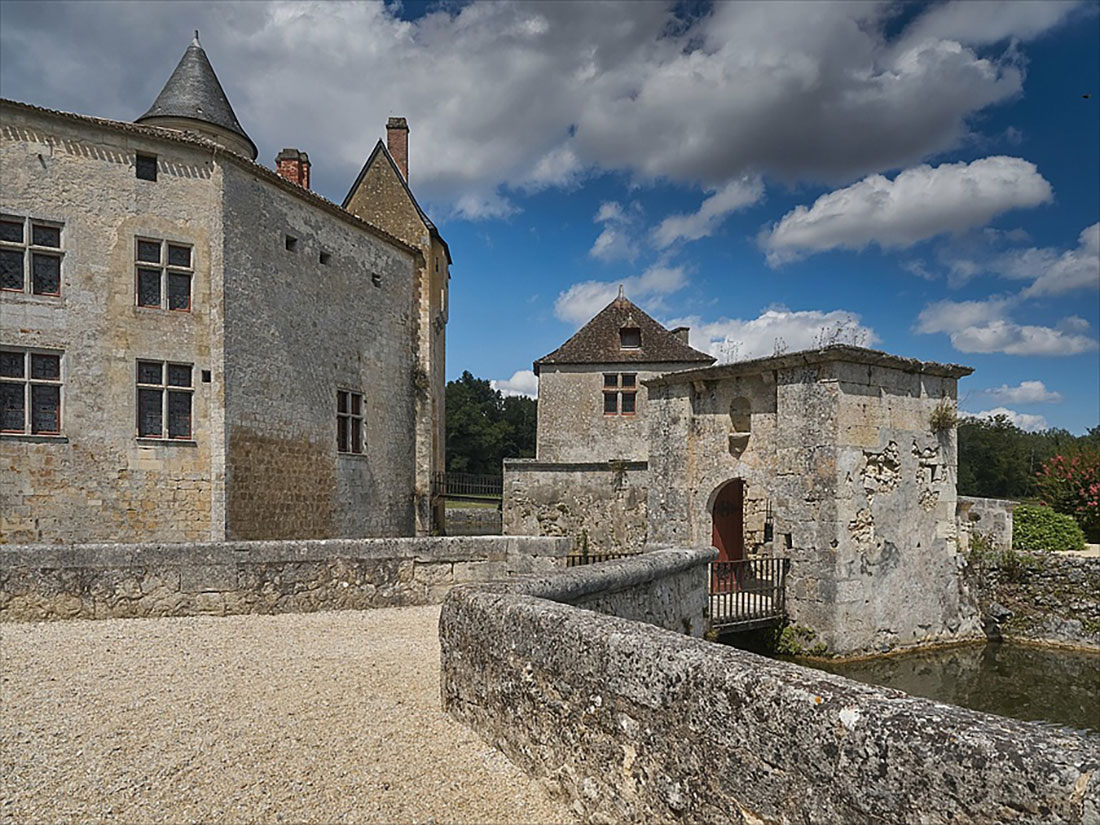
The heiress of Montesquieu’s daughter, who died in 2004, created a foundation to which she transferred the management of the castle, and opened the complex to the public.
